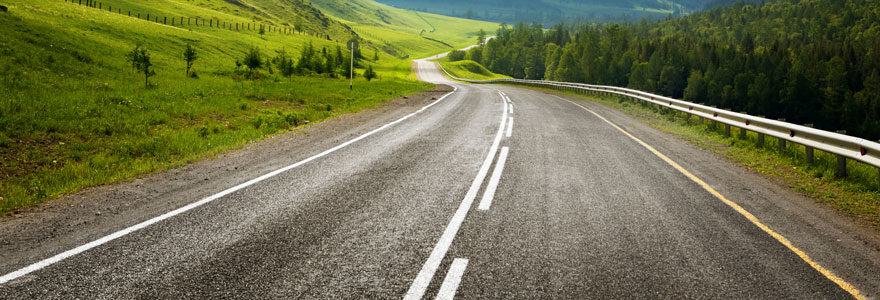A highway cross section is the portion of a highway that is delineated by the outer edges of the traveled way and the adjacent shoulders.
How do you find the cross sectional area of a road?
A road’s cross section is the shape of the roadway as viewed from above. It encompasses the pavement, shoulders, and any other features that exist between the outer edges of the road. The cross sectional area of a road is important to determine because it affects many aspects of the road, such as its strength, drainage, and stability. The cross sectional area can be found by measuring the width and height of the road and then multiplying those two values together. The width is typically measured at the widest point of the road, while the height is measured from the bottom of the road to the top of the pavement.
What is typical cross section?
A highway cross section is typically a street furniture that is composed of the following elements:
Pavement: The pavement is the portion of the road that vehicles travel on. It is typically composed of asphalt or concrete.
Shoulder: The shoulder is the portion of the road next to the pavement. It is typically composed of gravel or grass.
Gutter: The gutter is the portion of the road next to the shoulder. It is typically composed of concrete or asphalt.
Curb: The curb is the portion of the road next to the gutter. It is typically composed of concrete.
Sidewalk: The sidewalk is the portion of the road next to the curb. It is typically composed of concrete or asphalt.
What is the main purpose of cross sections in roadways?
The main purpose of cross sections in roadways is to provide a clear delineation of the travel lanes, shoulders and other features of the roadway. They also serve as a guide for constructing the roadway and help ensure its safety and efficiency. The typical highway cross section includes the following elements:
-Pavement: The pavement is the portion of the roadway that is intended for travel by vehicles. It is generally composed of asphalt or concrete and is designed to withstand the wear and tear of vehicles.
-Shoulder: The shoulder is the portion of the roadway adjacent to the travel lanes. It is typically wider than the travel lanes and is used for emergency stopping and breakdowns.
-Median: The median is the portion of the roadway that separates the travel lanes in opposite directions. It is typically grassy or landscaped and may also include a barrier to prevent vehicles from crossing into oncoming traffic.
-Barrier: A barrier is a physical element that is used to separate the travel lanes or to protect vehicles from hazards. Barriers can be made of concrete, metal or other materials and are typically found in medians and on shoulders.
-Sidewalk: A sidewalk is a path along the side of the roadway that is intended for pedestrians. Sidewalks are typically made of concrete or asphalt and are separated from the travel lanes by a curb.
-Curb: A curb is a raised edge along the side of the roadway that separates the travel lanes from the shoulder or sidewalk. Curbs can be made of concrete, metal or other materials and are typically found along sidewalks and at the edges of medians.
The article discusses the various elements that make up a highway cross section. These elements include the travel lanes, shoulders, medians, and clear zones. Each of these elements serves a specific purpose in the overall design of the highway. The travel lanes are the main area for vehicles to travel, shoulders provide a safe area for vehicles to pull over, medians divide the highway into separate sections, and clear zones provide a buffer between the travel lanes and roadside obstacles.
